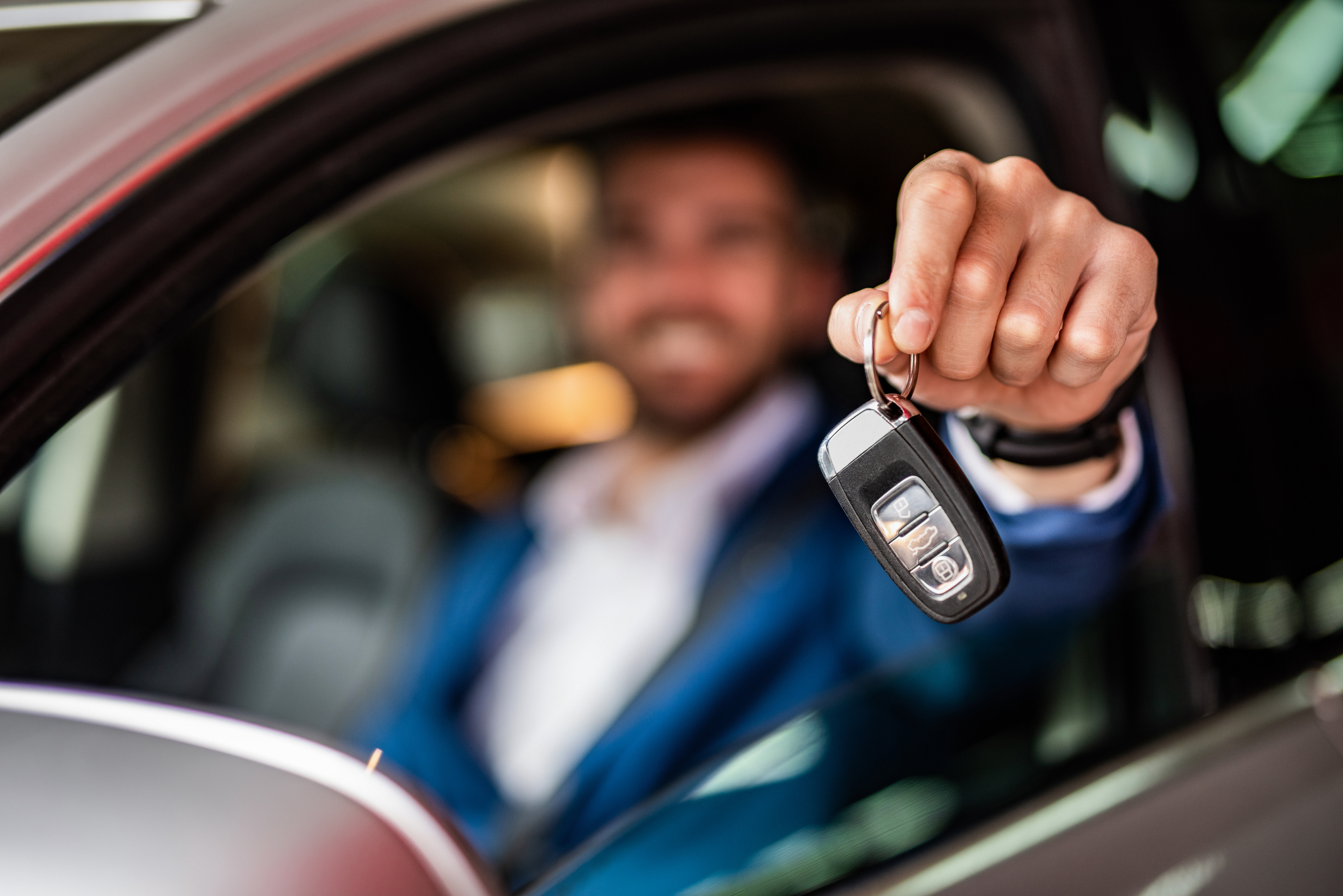You’ve made the decision – it’s time to get a new car to travel around Phoenix in. Now you must choose whether you buy or lease your next vehicle. If you ask, most people will swear by one or the other. And like everything, there are pros and cons to each.
- Whether you buy or lease, knowing how much you can afford is extremely important.While the minimum payment on a lease is fairly straightforward, that might not be the case when buying a car. After the purchase price has been negotiated, the calculated monthly payment may be higher than expected due to taxes, title and registration fees. You can either accept the higher payment or use a down payment to help lower the monthly cost. With leasing, there are usually additional costs due up front, such as the first month’s payment and capitalized cost reduction (i.e., any cash down payment, trade-in credit or rebate amount that reduces the amount being financed). It’s the same as a down payment when buying with a loan, just a different name. Some leases can cost $4,000 upfront to get that small monthly payment.
- Estimate how many miles you’re going to be driving before you make your decision. When you purchase a car, you can drive it as many miles as you want. With a lease, you are given an allotment of miles, usually around 30,000, for the entire lease period. If you were to drive over that amount, the dealership (or leasing company) could charge you for each additional mile you drove. The cost averages $0.25 per additional mile driven. Consider this: at 30,000 miles allotted for a 36-month lease, you would only be able to drive 833 miles a month. The average American drives more than 1,000 miles each month (think about all of your trips around the Phoenix freeway system).
- Another important consideration is the cost of vehicle maintenance. This is certainly one of the advantages of leasing. At the end of a lease period of 36 months, for example – about the time most manufacturer warranties expire – you can turn in the vehicle and not have to worry about the cost of new tires, extensive repairs or major services the vehicle might need. When you purchase the car, ongoing maintenance (above and beyond air filters and oil changes) and major repairs are your concern.
- When it comes time to get another car, the vehicle you purchased can be used as a trade-in to bring down the cost of the next car (as long as you have positive equity in your vehicle). When you turn in a leased vehicle, you could be required to pay additional fees. These fees can include extra mileage fees, a lease turn-in fee and additional costs to cover any wear and tear that may have occurred during the time you drove the vehicle. Some dealerships will waive these fees if you sign a new lease or purchase the car you were leasing.
If driving a new car every two or three years is important to you, and you can afford to always have a car payment, leasing is a great option. However, consider what is best for your personal finances. For the majority of us, buying a car is the better financial choice as it allows us to remain in better control of our finances. When the car is paid off, that car payment can go toward savings or an extra payment to another debt. Plus, you can drive a car you own wherever you need to go without the fear of paying a penalty fee later. If a new vehicle is in your near future, take the time now to determine what will be best for your financial future.



